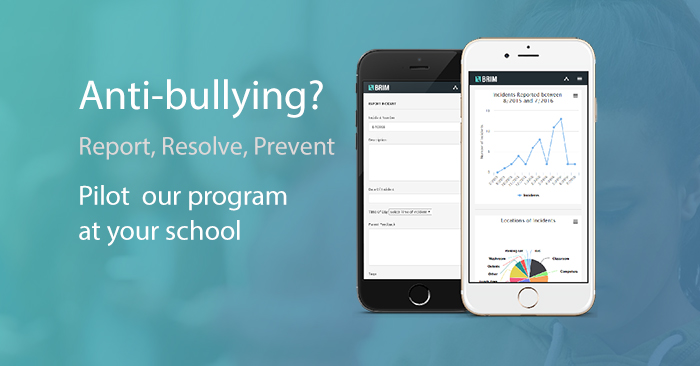Suicidal ideation among young people is a pressing issue that demands our attention and understanding. In recent years, the prevalence of suicidal thoughts and behaviors among adolescents and young adults has been on the rise, shedding light on the complex challenges and pressures that this demographic faces. It’s time to break the silence surrounding this issue, to foster open dialogue, and to provide the support and resources necessary to prevent tragedy and promote mental well-being.
The factors contributing to suicidal ideation among young people are multifaceted and deeply intertwined. From academic stress and peer pressure to social media comparisons and family dynamics, young individuals today navigate a myriad of challenges that can weigh heavily on their mental health. The pressure to excel academically, to fit in socially, and to meet unrealistic standards of success and perfection can create a toxic cocktail of stress and anxiety, leaving young people feeling overwhelmed and hopeless.
Moreover, the digital age has introduced new complexities to the landscape of adolescent mental health. Social media, while offering connectivity and community, can also exacerbate feelings of inadequacy and isolation. The constant comparison to curated images of perfection can distort reality and fuel feelings of worthlessness and despair. Cyberbullying and online harassment further compound these issues, amplifying feelings of shame and alienation.
It’s crucial to recognize that suicidal ideation is not a sign of weakness or attention-seeking behavior but rather a manifestation of profound distress and pain. Young people who experience suicidal thoughts are not alone, and it’s essential to create safe spaces where they feel comfortable expressing their feelings without fear of judgment or stigma. Breaking the silence surrounding suicidal ideation starts with destigmatizing mental health issues and encouraging open, honest conversations about emotions and struggles.
Furthermore, early intervention and access to mental health resources are critical in addressing suicidal ideation among young people. Schools, communities, and healthcare providers must work together to identify warning signs, provide support, and connect individuals with the resources they need. This includes counseling services, crisis hotlines, support groups, and other mental health interventions tailored to the unique needs of young people.
Prevention efforts should also focus on promoting resilience and coping skills, equipping young individuals with the tools they need to navigate life’s challenges in a healthy and adaptive way. This includes fostering supportive relationships, building self-esteem, and promoting self-care practices that prioritize mental well-being. By empowering young people to seek help when needed and by fostering a culture of compassion and understanding, we can create a more resilient generation equipped to face life’s challenges with courage and hope.
In conclusion, addressing suicidal ideation among young people requires a holistic approach that addresses the underlying factors contributing to mental distress while providing support and resources for those in need. By breaking the silence, fostering open dialogue, and promoting early intervention and prevention efforts, we can create a brighter, more hopeful future for young individuals struggling with suicidal thoughts. Together, let’s work towards a world where no young person feels alone or hopeless in their darkest moments.



